The Bastille was a fortress in Paris. It was built to defend the eastern approach to the city of Paris from the English threat in the Hundred Years’ War. It was declared a state prison in 1417. A symbol of royal tyranny, Bastille was attacked by Parisians on 14 July 1789. Storming of the Bastille ignited the French Revolution and is considered a symbol of the end of monarchy. Due to its significance, 14 July is celebrated as La Fête nationale, known as Bastille Day in English speaking countries. Here are 10 interesting facts about Bastille Day and the event which created it.
#1 It All Began With The Tennis Court Oath
In France, Estates General was a legislative and consultative assembly of the different classes: the clergy (First Estate), the nobles (Second Estate), and the common people (Third Estate). The Third Estate, after being locked out from a meeting on 20 June 1789 by King Louis XVI, pledged not to separate until they had given France a constitution. France got behind the group which called itself National Assembly and on 27 June, Louis was forced to recognize their validity. The Estates-General was dissolved and the National Assembly renamed itself the National Constituent Assembly on 9 July.
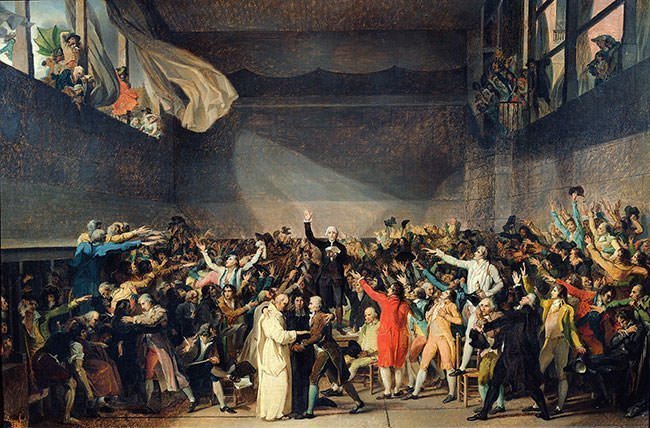
#2 DISMISSAL OF JACQUES NECKER WAS AN IMPORTANT CAUSE
Jacques Necker was director-general of the finances under King Louis XVI. He was considered sympathetic to the common people. On 11 July 1789, Louis XVI dismissed Necker under the advice of his privy council. When the news of his dismissal reached Paris the next day, its citizen saw it as a move aimed against the National Constituent Assembly. Furthermore they feared that the troops arriving in Versailles, which consisted of mostly foreign mercenaries, were being summoned to shut down the National Constituent Assembly.
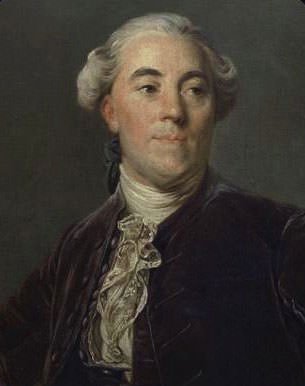
#3 BASTILLE WAS ATTACKED BECAUSE OF GUNPOWDER
Fearing that they and their representatives would be attacked by the royal army, Parisians stormed the Hôtel des Invalides to gather arms (29,000 to 32,000 muskets, but without powder or shot). They then set their eyes on large quantities of arms and ammunition stored at the Bastille (around 13,600 kilograms (30,000 lb) of gunpowder was stored there). Bastille was also a symbol of the harsh rule of the monarchy and often held people jailed on the basis of direct orders from the king.
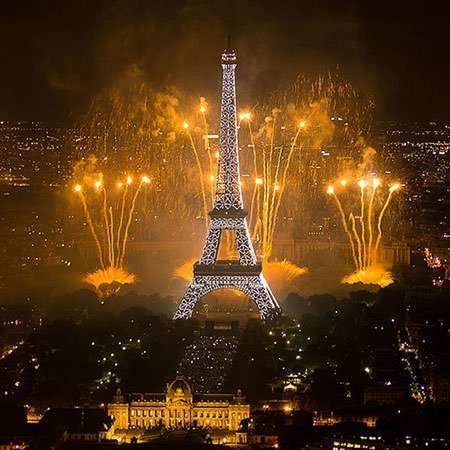
#4 It Surrendered ON 14 JULY 1789
On the morning of 14 July 1789, the crowd gathered outside Bastille. They called for the surrender of the prison, the removal of the guns and the release of the arms and gunpowder. When negotiations dragged for hours the crowd grew impatient and surged into the undefended outer courtyard. Around this time gunfire began and fighting broke out which ultimately led to the governor of Bastille, Bernard-René de Launay, surrendering and opening the gates.
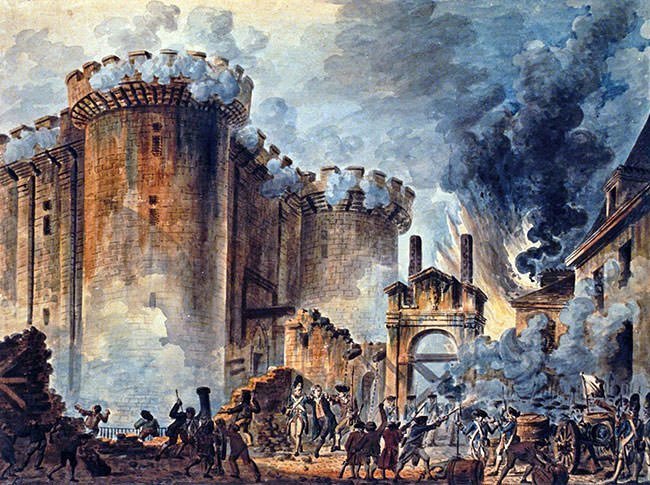
#5 MORE THAN A 100 PEOPLE WERE KILLED DURING THE INCIDENT
During the fighting at Bastille, 98 attackers and just 1 defender died. Although once it fell, Governor de Launay was killed along with three officers and three soldiers. There were only seven prisoners being held at Bastille at the time and they were liberated. Reasons for the fall of Bastille include the non-interference of a substantial force of Royal Army troops which were encamped on the Champs de Mars and the fact that the crowd had support of some of the French Guard, who were armed and trained soldiers.
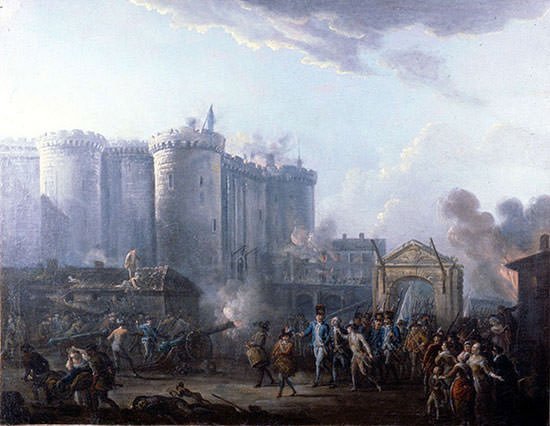
#6 IT LED TO A GENERAL PANIC KNOWN AS THE GREAT FEAR
After the fall of Bastille, Parisians armed themselves as well as they could and prepared for a counterattack. By the next day the outcome became clear to Louis XVI and he tried to reconcile with the public. The Royal troops concentrated around Paris were dispersed to their frontier garrisons. The Storming of the Bastille led to a short period of general panic during which rumors of an aristocrat “famine plot” led to people attacking manor houses. It also led to many members of the nobility fleeing to neighboring countries.
#7 IT IGNITED THE FRENCH REVOLUTION
The Storming of the Bastille came to symbolize the end of the Ancien Régime, which was the monarchic, aristocratic, social and political system established in France since around the 15th century. It is considered to be the event which ignited the French Revolution. It was followed by the abolishment of feudalism on 4 August, the Declaration of the Rights of Man and of the Citizen being adopted on 26 August and the March on Versailles in October.
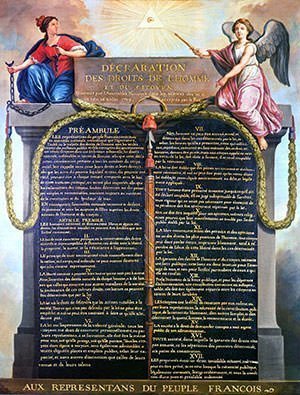
#8 ITS ANNIVERSARY WAS CELEBRATED BY A GRAND EVENT
The Fête de la Fédération took place on 14 July 1790 on the Champ de Mars, a large public greenspace in Paris, France. It commemorated the first anniversary of the Storming of the Bastille and the unity of the French Nation an year after the incident. After the end of the official celebration, there was a huge popular four day feast. Among other things, people ran through the streets naked to display their great freedom. The event continued to be celebrated with grand, secular events including the burning of replica Bastilles.
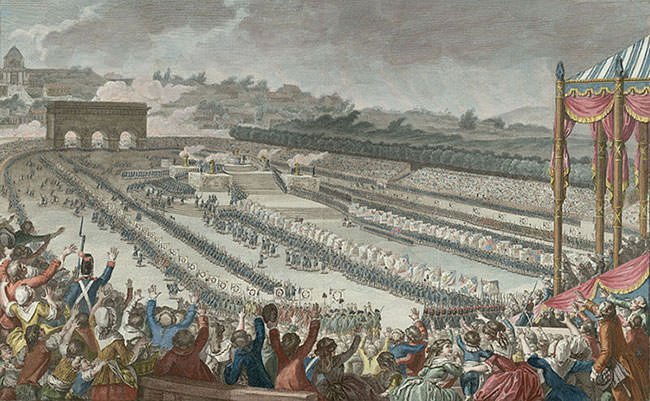
#9 BASTILLE DAY MILITARY PARADE IS THE OLDEST REGULAR MILITARY PARADE IN THE WORLD
In June 1880, the Senate chose 14 July over 4 August (honoring the end of the feudal system) as a yearly national holiday. Since that year, the Bastille Day Military Parade is held in the morning of 14 July each year in Paris. It is the oldest regular military parade in the world. It remains a popular event in France and is broadcast on French TV. Involving 7,000 soldiers, 300 vehicles, 240 horses and more than 80 planes and helicopters, it is the biggest regular military parade in Western Europe.
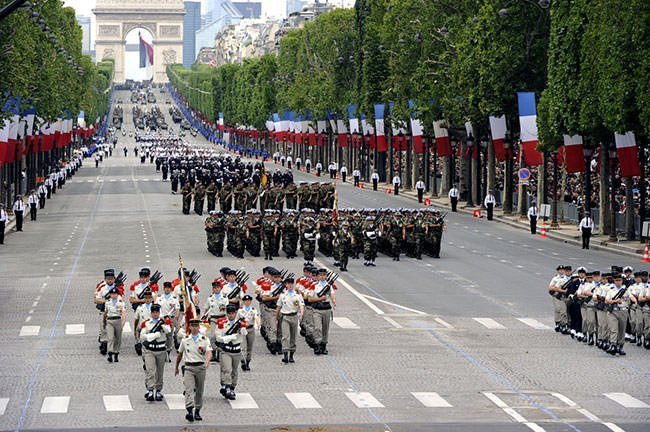
#10 ‘VIVE LE 14 JUILLET!’ IS A POPULAR SLOGAN IN FRANCE
In France, Bastille Day is formally called La Fête nationale (The National Celebration) and commonly called Le quatorze juillet (the fourteenth of July). It marks a significant day in world history which remains a symbol of the end of the monarchy and beginning of the modern republic. Apart from a military parade, the French National Day is celebrated with art festivals, fireworks and public revelry. “Vive le 14 juillet!” (“Long live the 14th of July!”) is a popular slogan which is associated with the day.

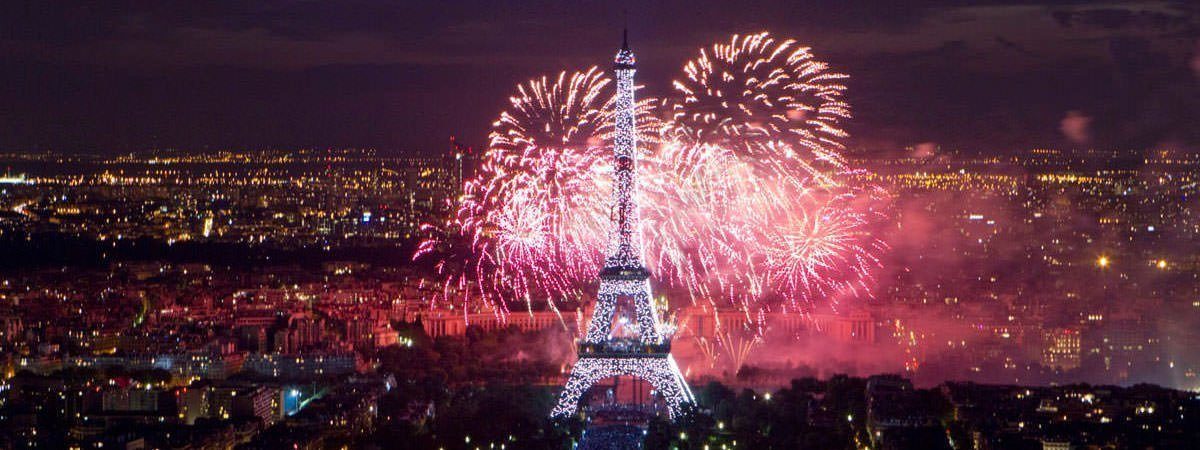
Excellent explanation
Thanks for your appreciation.